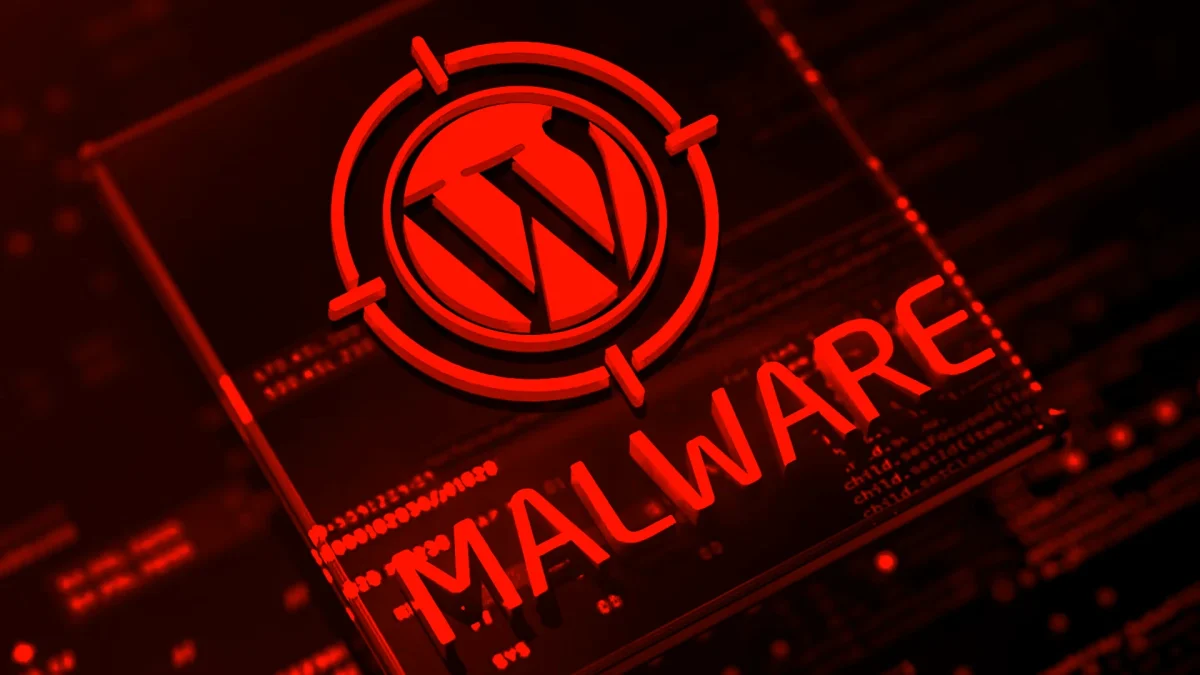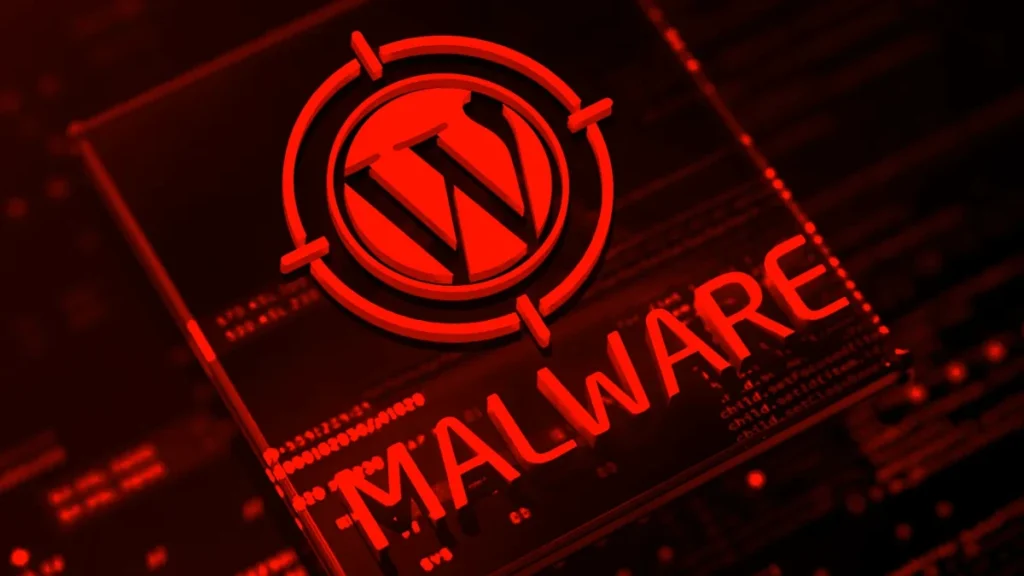WordPress is one of the most popular content management platforms in the world, powering millions of websites. However, this popularity also makes it a frequent target for hackers and cybercriminals. In this article, we will explore the latest types of attacks that WordPress has been facing and how you can protect your site against these threats.
1. Brute Force Attacks
Brute force attacks remain one of the most common ways to attempt to breach WordPress sites. In this type of attack, hackers try to guess user passwords, especially for administrator accounts, using automated programs that test thousands of combinations in a matter of seconds.
How to protect yourself:
- Use strong and unique passwords
- Implement two-factor authentication (2FA)
- Limit login attempts
- Use security plugins that block suspicious IPs
2. Exploitation of Vulnerabilities in Plugins and Themes
Many recent breaches have targeted vulnerabilities in outdated or poorly coded plugins and themes. Attackers exploit these flaws to inject malicious code or gain unauthorized access to the site.
How to protect yourself:
- Keep all plugins and themes updated
- Remove unused plugins and themes
- Use only plugins and themes from trusted sources
- Regularly monitor your site for suspicious activities
3. SQL Injection Attacks
SQL injection attacks aim to exploit vulnerabilities in the WordPress database. Attackers insert malicious SQL code into forms or URLs, potentially allowing them to access, modify, or delete sensitive data.
How to protect yourself:
- Use security plugins that offer protection against SQL injection
- Keep WordPress and all its components updated
- Implement secure coding practices in custom themes and plugins
- Limit database user privileges
4. Cross-Site Scripting (XSS)
XSS attacks allow attackers to inject malicious scripts into web pages viewed by other users. This can lead to session cookie theft, redirection to malicious sites, or manipulation of site content.
How to protect yourself:
- Use security plugins that offer protection against XSS
- Sanitize and validate all user inputs
- Implement appropriate HTTP security headers
- Keep your WordPress site updated
5. Phishing Attacks
Recently, there has been an increase in phishing attacks targeting WordPress users. Attackers create fake login pages or send fraudulent emails to obtain access credentials.
How to protect yourself:
- Educate your users about phishing threats
- Use SSL to encrypt communication between the server and users
- Implement two-factor authentication
- Regularly check your site for fake or suspicious pages
6. Denial of Service (DDoS) Attacks
DDoS attacks aim to overwhelm your server with malicious traffic, making your site inaccessible to legitimate users. While it is not a direct breach, it can cause serious damage to your site’s availability and reputation.
How to protect yourself:
- Use a Content Delivery Network (CDN)
- Implement a Web Application Firewall (WAF)
- Properly configure server resource limits
- Work with a hosting provider that offers DDoS protection
7. Malware and Backdoors
Intruders often insert malware or backdoors into compromised WordPress sites. This allows them to maintain access even after the initial vulnerability has been patched.
How to protect yourself:
- Conduct regular malware scans on your site
- Monitor files and directories for suspicious changes
- Maintain regular and secure backups of your site
- Use security plugins that offer real-time protection against malware
8. Remote File Inclusion (RFI) Attacks
RFI attacks allow intruders to include malicious files from remote servers into your WordPress site. This can lead to arbitrary code execution and total compromise of the site.
How to protect yourself:
- Disable remote file inclusion if possible
- Validate and sanitize all user inputs
- Keep your WordPress, plugins, and themes updated
- Use a Web Application Firewall (WAF)
WordPress security is an ongoing challenge, but with the right precautions, you can protect your site against most threats. Remember that security is a continuous process and not a final state. Stay informed about the latest threats and best security practices.
If you are facing security issues on your WordPress site or suspect it may have been compromised, it is crucial to act quickly. HospedandoSites offers specialized services for cleaning and recovering WordPress sites. For professional help and to restore the security of your site, visit the WordPress Site Recovery page of HospedandoSites.
Remember, investing in security now can save you time, money, and stress in the future. Protect your WordPress site and keep your visitors and data safe.


